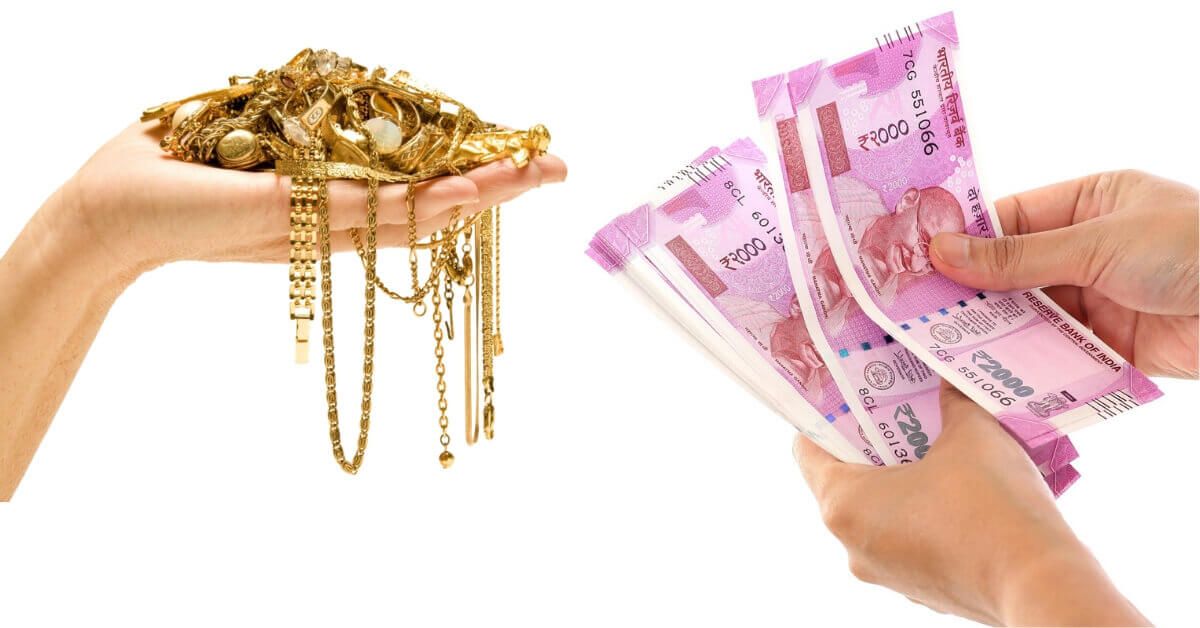To infuse liquidity in the market, the Reserve Bank of India (RBI) has increased the maximum loan to value (LTV) ratio for gold loans. Now the borrowers can take a loan of up to 90% of the value of their gold from the earlier limit of 75%. This scheme is valid till 31 March 2021.
Loan To Value, or LTV is the amount you get against your gold. For example, if the price of your gold is INR 1 lakh, and LTV ratio is 90%, you can get a loan of INR 90,000.
So, what are the consequences of this increased LTV?
Lenders are Worried
Gold loan lenders are obviously worried about this new development. Top executives believe that in case of cash price of gold, they will not able to recover the loan amount from defaulting borrowers.
Banks are on a defensive because gold prices have surged by 43% between 1 January and 7 August. Gold has become an attractive investment instrument and that has led to a surge in its prices. The price of gold has crossed ₹55,000 and the trend is expected to continue for the next few months.
Low Margin
Lenders are not willing to lend more than 80% of the gold value. It is because due to an LTV of 90%, lenders will just get a margin of 10% amid volatile gold prices. Higher LTV has increased the risk on gold loans for lenders.
While the surge in demand for gold loan is expected to grow, it would be interesting to see how much LTV banks are willing to release on gold loan applications.
Association of Gold Loan Companies (India) has now approached RBI to seek parity in LTV ratio as their capping is still 75%.
This move by RBI will surely increase the gold loan market. However, organizations disbursing gold loans need to keep a stringent check on process and compliance to safeguard their interests.

